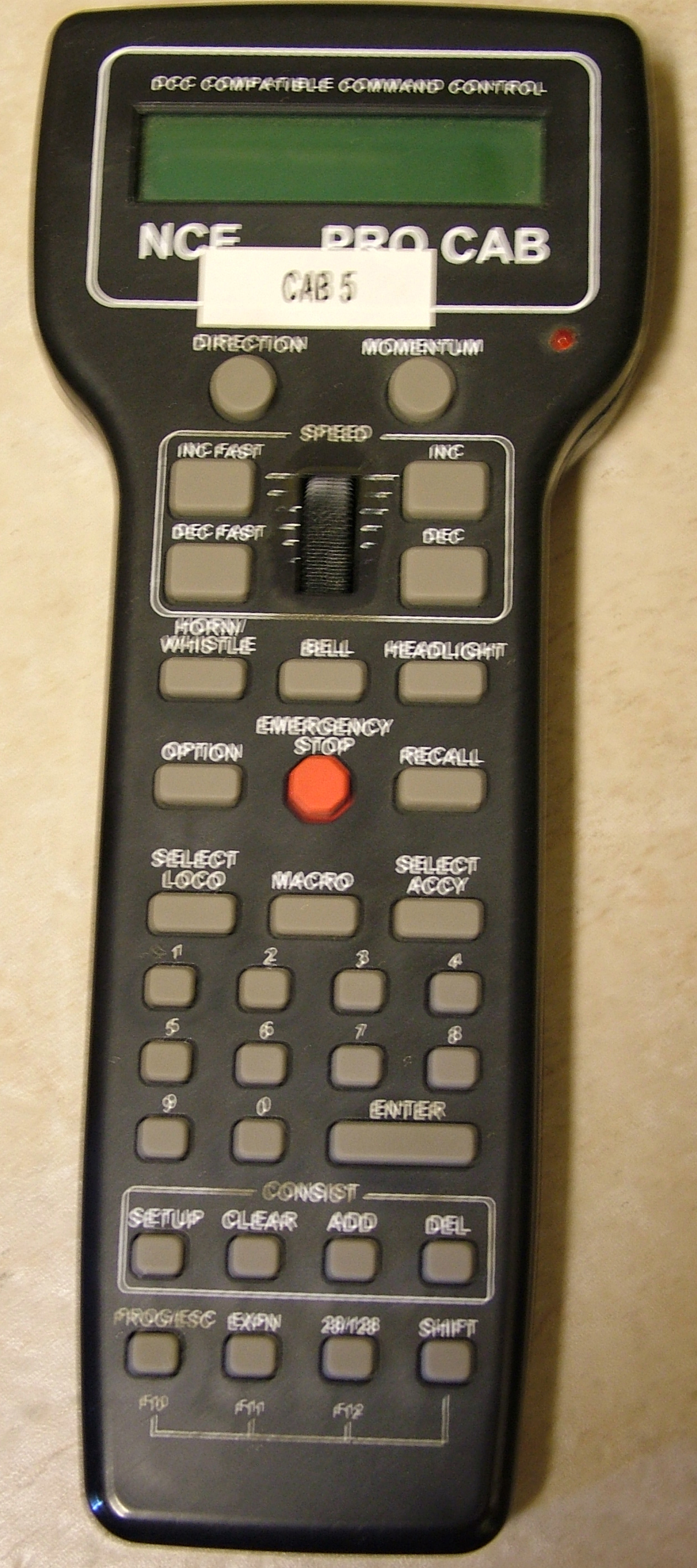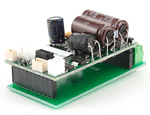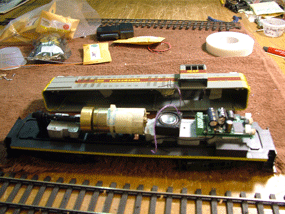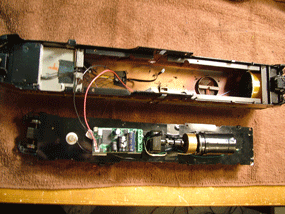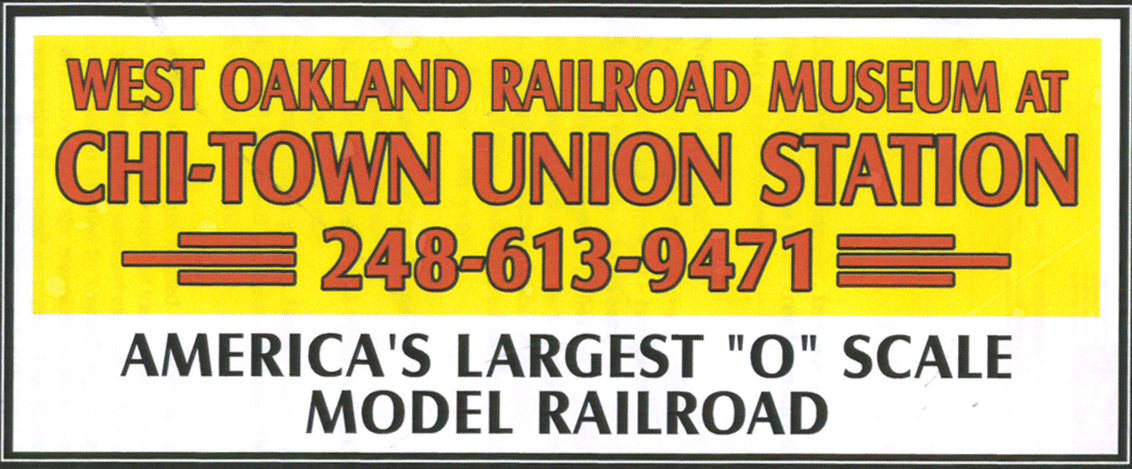 Chi-Town Union Station
Chi-Town Union StationAmerica's Largest O Scale Model Railroad
DCC Suppliers
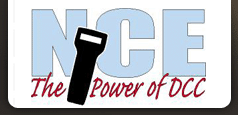



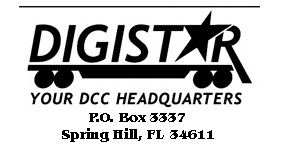
Railroad Control
Chi-Town Union Station decided early on that Digital Command Control was the only way a layout this large would be able to be run effectivly and with the least amount of personal to give the public the best experience in seeing a model train museum.
What is Digital Command Control (DCC)?
Digital Command Control systems are used to operate locomotives on a model railroad (railway). When equipped with Digital Command Control, locomotives on the same electrical section of track can be independently controlled. Digital Command Control can have two meanings in the context of model trains. The term can be used to describe any such system, current and historical. However, the predominant system is the DCC protocol defined by the Digital Command Control Working group of the National Model Railroad Association (NMRA). The NMRA has trademarked the term DCC, so the acronym "DCC" unambiguously means the NMRA standard protocol. All major manufacturers offer DCC systems.
The great advantage of using DCC over traditional DC systems is the simpler wiring needed to operate more than one locomotive at a time. Before, to operate more than one locomotive independently, the track had to be wired into separate "blocks" with switches selecting which controller powered which block of track. If an operator failed to switch control of a block before his locomotive entered, a short circuit or loss of control was possible. With DCC, many layouts can be wired as a single large block, and each operator can control his locomotive without worrying about crossing a block boundary. DCC controllers can include an "inertia" simulation, where the locomotive will gradually increase or decrease speeds in a realistic manner without continuous inputs from the operator. Mobile decoders are available which will adjust the power to try to maintain a constant speed, again without burdening the operator. Most DCC controllers allow an operator to set the speed of one locomotive and then quickly select another locomotive to control its speed. Recent developments include on-board sound modules for locomotives as small as N scale.
Chi-Town Union Station Choose NCE Corp. as the primary control system to run the trains and to detect the positions of the trains on the layout. Each track is divided into "block" that is electrically isolated from each other and incorporate a detector that detects the presence of a train in the block. Each engine has installed a sound and control module that allows control of the engine whilst producing a realistic sound of an actual diesel or steam locomotive. One section of the layout is detected by using a Lenz DCC system. This was choosen as an test alternative to the NCE system. The Digitrax system is currently used to display signals in the Riverside Yard on the front portion of the layout.
Layout Control
The layout is controled by an HP computor running Railroad and Company software. The computor is located on the deck overlooking the layout and in attached to all command stations that send out and receive information from the sensor, switches, trains, and signals located around the layout. The computor software allows "schedules" of trains to be sent out around the layout in a random selection so the same trains do not run the same route all the time. The computor knows the location of all the trains on the layout and prevents crashes automatically at junctions and crossings. The signals will operate prototypically as the trains pass from block to block, giving the correct indications for the track conditions ahead. The program will also activate switches to change the track direction according to the computors selected route for each train. Four monitors display vital infomation about the condition of the layout and the routes of the trains to the master operator. The layout practically runs itself!
Decoder Installation
Each engine on the layout has a DCC sound and motor decoder installed. The motor is isolated from the frame of the engine and wires are attached to the left and right side of the wheels. These wires are routed to the decoder which is installed inside the locomotive. A speaker is place inside the diesel body or the steam locomotive tender and wired to the decoder. Each steam locomotive has a cam installed on one drive wheel that activates the "chuff" which is heard as the engine runs and is sycronised to the revolutions of the steam engines wheels. They sound and run just like the real thing! The decoder is programmed to respond to the number that is located on the engine. Using a hand controller or the computor, one can ring the bell or blow the whistle/horn.
